Winter Pruning
When I began writing this article the weather was quite lovely. The sun had been shining and it seemed like a great opportunity to get some pruning done. And now, we’ve had snow and are waiting for the temps to rise. Regardless of our weather, Winter is a great time to prune especially for deciduous trees and shrubs. The benefits of winter pruning is that their leaves are gone and you can see the branching structure more clearly. They are dormant and you have time before your other garden tasks kick into gear for the Spring.
The question often asked is when is a good time to prune. The answer is, anytime! The better question to ask is how do I properly prune? We can all use loppers and shears but are you getting the desired effect while keeping in mind the health of the plant? Are you pruning just because you think you should, or are you actually taking in the beauty and longevity of the plant?
Why Prune?
The health of the tree or shrub is the main reason. This means removing dead or dying wood where disease and bugs can get in and weaken your plant . This will also help create good air circulation which is important.
To maintain their natural beauty. This why we love our gardens, to enjoy the individuality and uniqueness of how a plant grows.
In a young tree you may prune to help create a good structure.
Tips For Winter Pruning
Start with learning basic cuts. The most valuable cuts are selective heading and thinning. With selective heading, you are reducing the length of a branch by cutting off one of two forks of the branch. You would select the longer of the two and prune it back where it meets the shorter part of the branch. Ideally the shorter branch will take over as the terminal role. This is also called reduction.
Thinning is great for reducing the bulk and clutter of a plant. Thinning is taking an entire branch off from a larger branch. This is not meant to make the plant smaller, only less busy.
Know your pruning budget. This budget is based on the species of tree or shrub you are pruning. On some trees and shrubs you can remove a lot of material and others are very sensitive and just a few cuts can cause an adverse problems, like water sprouting/suckers. Try not to remove more then 1/8 of the leaf canopy in a year. Dead wood is not included in your budget.
Note: Each species has different requirements for pruning and taking time to learn about those requirements before you prune is best.
What Not To Do
Don’t Top your Tree. This type of pruning is called non-selective heading. This only weakens your trees defenses causing decay and weakened branching structure. Topping will shorten the life of your tree, make it look ugly, and only stimulate the tree to grow back to the size it was destined to be.
Don’t shear your shrubs if you are trying to reduce the size. This will only stimulate it to grow. You may prune in the winter, and it will stay this nice short shrub until spring arrives, then it will take off and become the size it is destined to be. If you shear your plant it will start to send out long stems which is what you want to avoid. Try the grab and snip method instead. This means taking the longest stems and cutting them back into the interior of the shrub. Continue to do this until you get the shrub the size you like. Your pruning will last a lot longer and the shrub will retain its natural beauty. Ultimately if we all planted the right plant in the right place we wouldn’t even need to prune.
Note: Shearing is great for hedges, topiary and formal Japanese gardens.
Don’t over-thin. Too much of a good thing can create unwanted results. Some examples are water sprouts, lion-tailing (removing too much of the internal structure) and over-skirting (can make a tree top heavy & be dangerous)
Final Thoughts
Good pruning will make your job easier over time, not create more work for you.
Always use good quality clean and sharp tools.
Pruning may take place over a year or two to achieve the desired effect.
I highly recommend Cass Turnbull’s Guide to Pruning as a great source for pruning. Also, Plant Amnesty and the UW have tutorials on-line that are invaluable.
Still unsure about pruning? Hire a licensed arborist or Certified Professional Pruner.






